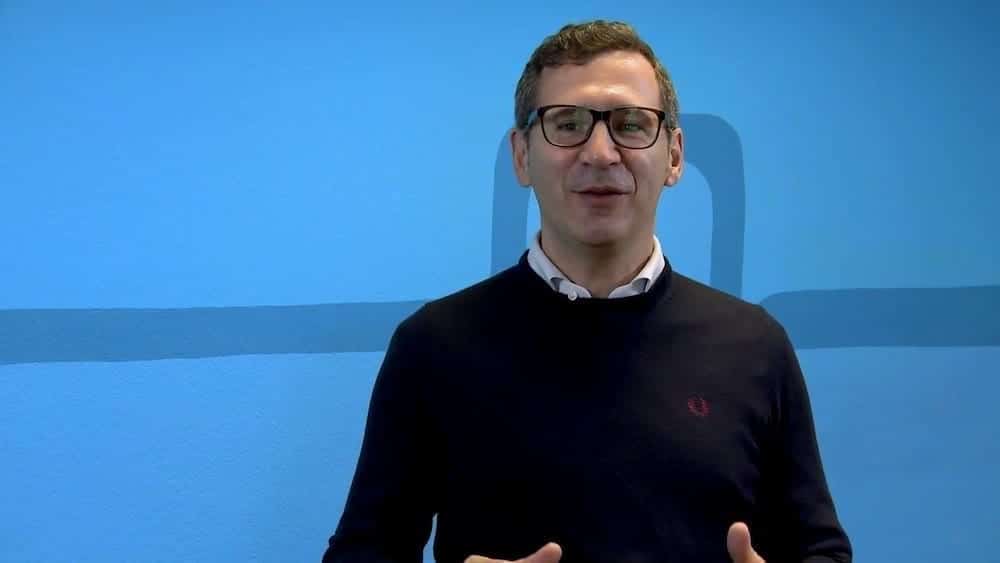I recently spoke with Dr. Paul Zak on our Conscious Collaboration Podcast about the neuroscience of trust. I had become aware of Paul’s work several years ago and republish below an article I wrote at that time for Forbes.
So, what has love got to do with it – “it” being building high-performing teams?
The answer is oxytocin — sometimes dubbed the “love hormone” — a powerful brain chemical and neurotransmitter that plays a huge role in how we bond with others. Applying neuroscience concepts and research technologies to the field of organizational psychology, neuroeconomists such as Dr. Paul J. Zak from Claremont Graduate University have found that oxytocin allows us to determine whom we trust.
Much attention has been given to how fundamental trust is in establishing high-performance teams. Put simply, without trust and openness, team members won’t work their way through the conflicts that create outstanding results. Rather, by settling for compromise and by avoiding tension, a team settles for the safety of mediocrity.
So if trust enables high performance, what enables trust?
Trust in work settings comes in two forms: interpersonal and organizational.
The interpersonal side is pretty straightforward — if not always easy to live in practice. Regardless of whether you interact with peers, direct reports, your boss, clients or external partners, practice what you preach, keep your promises, right wrongs as soon as possible, demonstrate competence, deliver results, strive to improve, and use straightforward language. Furthermore, as Linda Hill and Ken Lineback point out in this Harvard Business Review article, “Being the Boss,” credibility is required for any form of influence that doesn’t rely on coercion. Credibility, in turn, is built by establishing competence and trust. So building trust is just not optional for anyone who wants to collaborate without coercion.
Establishing organizational trust rests on individuals’ ability to build interpersonal trust, but then takes trust to a more complex and challenging level. Just search the phrase “organizational trust” to see how many models are out there. It gets confusing quickly. But it doesn’t need to.
Enter, for practical purposes, oxytocin as a grand simplifier. In a nutshell, more oxytocin means stronger interpersonal bonds, which means more trust, which means more mutual openness and willingness to work through conflict, which means higher levels of performance.
Dr. Zak and his collaborators describe some critical factors in their publication “Building High-performance Organizations Using Neuroscience.” Let me cite the top three factors that contribute to organizational trust:
• Facing challenges (and the resulting stress from them) jointly as a group
• Sharing information broadly
• The generous recognition of excellence in others
There are other factors, of course, such as intentionally building relationships or letting others choose how to best perform a task.
So what’s love got to do with high-performance on teams? The search for the secret sauce of high-performance teams has turned to paying attention to behaviors and conditions that will increase oxytocin levels.
If we truly want high-performance on our teams, we have a simple litmus test we can apply each day: Am I behaving in ways that make my relationships with others stronger and deeper?
I may not be; the world isn’t perfect. I may, for instance, have repeatedly tried to deepen a particular relationship but seen no reciprocating behaviors. I may have seen confidentiality broken. I may experience my work culture as corrosive or my boss as despotic. But then let’s be honest that I am choosing something else, such as personal comfort, emotional or job safety, etc., over the quest for deepened relationships and improved collaboration.
The correlation between oxytocin and team performance makes connectedness way more than a “nice-to-have.” The ability to collaborate well has become a new form of competitive advantage. I call this the collaborative advantage, which you can read more about here. While the effort to build a collaborative culture may be significant, so are the rewards. Who can afford to miss out on it?
LISTEN IN to my conversation with Paul
on our Conscious Collaboration Podcast


